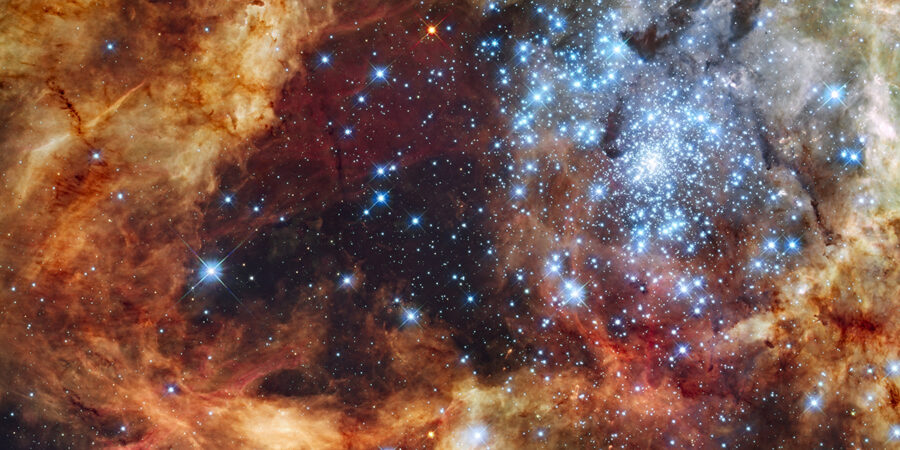
Astronomy is truly undergoing a revolution in terms of its ability to monitor the temporal variability of the Universe in a continuous manner. The opening of this domain is transforming our knowledge of the evolution of the Universe, especially for objects that undergo explosive changes, such as a supernova or a gamma-ray burst. These events can release amounts of energy that have not been produced since the formation of the Universe, the Big-Bang.
-
SVOM and GRBs
Many theories have already been challenged by recent observations, such as the highly variable emission observed at late times in gamma-ray bursts (GRBs), the discovery of extremely luminous supernovae (SuperLumunious SuperNovae, SLSNe) and the still unexplained Fast Radio Bursts (FRBs). Theoretical models predict a variety of exotic explosions and stellar mergers, and their multiple signatures across the electromagnetic spectrum. They also predict that some of these explosions will be accompanied by gravitational waves, neutrinos and very high energy particle emission.
SVOM is a mission dedicated to the observation and study of transient phenomena. It will detect 60 to 80 gamma-ray bursts each year, indicating the explosion of massive stars or the fusion of neutron stars or black holes. The Franco-Chinese mission SVOM (Space Variable Objects Monitor) will embark the ECLAIRs wide field of view telescope to locate the bursts and study them in the X-ray and gamma-ray bands (from 4 keV to 300 keV), with the support of the GRM (Gamma-Ray Monitor) in charge of completing the study at higher energy (from 50 keV to 5 MeV). SVOM will also embark two telescopes with a narrower field of view: the MXT (Microchannel X-ray Telescope) operating in the 0.3 to 5 keV band and in charge of reducing significantly (by an order of magnitude) the size of the ECLAIRs error box, as well as the VT (Visible Telescope) telescope with a small field of view, operating in the visible and the very near infrared.
In order to reach its scientific objectives, the SVOM mission will also include very important ground facilities. Thus, the burst detection messages will be automatically sent down to the ground by a VHF radio channel, recovered by receivers distributed around the Earth in a band around the Equator. These receiving stations, forty in number, will send the alert messages to the French Science Center (FSC).
After a first processing the messages will be sent to two robotic telescopes of 1-m class, the Ground Follow-up Telescopes (GFTs), a French one (officially called COLIBRI, under the responsibility of LAM) and a Chinese one, in charge of observing the first minute of the phenomenon, to improve the precision of localization and to estimate the redshift, this in order to activate the biggest facilities (ALMA, IRAM, VLT, JWST, etc. ) on the most interesting events (very high redshift for example). Other telescopes will also be included in the multi-wavelength monitoring of gamma-ray bursts, in particular those belonging to the Las Cumbres Observatory Global Telescope Network (LCOGT), the Nordic Optical Telescope (NOT) and the ESO 3.6 m telescope.




